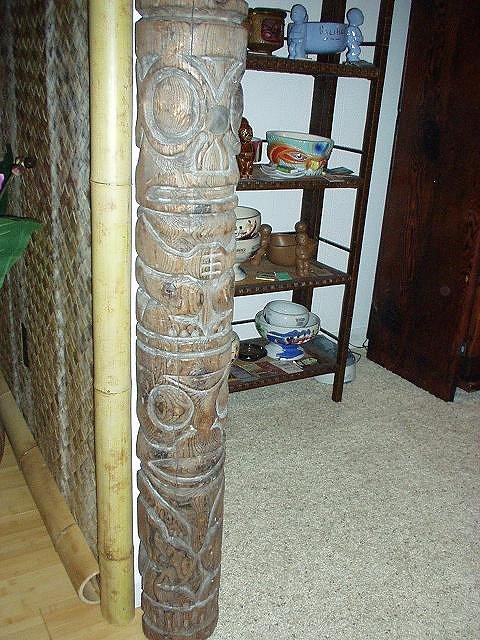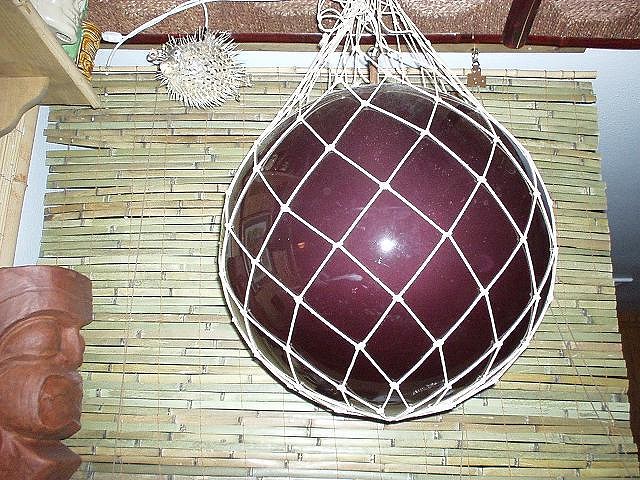Tiki Central / General Tiki / the lost chapter: Hop Louie and the Stockton Islander (image heavy)
Post #171254 by tikicleen on Tue, Jul 12, 2005 2:10 AM
|
T
tikicleen
Posted
posted
on
Tue, Jul 12, 2005 2:10 AM
When the town of Stockton, California is mentioned, one usually conjures up a mental image of a lonely dusty town with a port and many crime sprees. The news media perpetuates this thought since they always choose to interview the strung-out man with three teeth for “breaking news” pieces. With this imagery in place, would anyone believe that Stockton has strong ties to Hawaii and the Polynesian-Pop movement? The first notable Hawaiian tie to Stockton was musician Don McDiarmid. This Stockton native authored the hapa-haole songs “Little Brown Gal” and “When Hilo Hattie Does the Hilo Hop” in 1935. However, it should be mentioned that Don lived the majority of his life in Hawaii playing with Harry Owens’ orchestra at the Royal Hawaiian Hotel. He did not stick around in Stockton long enough to see the birth of Polynesian-Pop.
The individual who brought the wave of tiki to the Central Valley is a man named Hop Louie. His first venture into tiki was opening up the restaurant “Minnie’s” in Stockton in 1952. The restaurant was named after his wife, Minnie Woo. In 1954, another “Minnie’s” was opened to the south, in Modesto, California. Both restaurants were outfitted by Oceanic Arts and served tantalizing Cantonese food and featured Polynesian cocktails. In the late 1950’s, the Stockton branch of Minnie’s was sold to Gong Lee and his wife, Yuen Toy. The restaurant still exists, but is known as “Gong Lee’s” and no longer contains a trace of the hawaiiana décor. The Modesto branch of Minnie’s was sold in 1960 to K.N. Mah. Mr. Mah’s sons, Peter and Stuart, are keeping the tiki tradition alive today with Minnie’s in Modesto.
Hop Louie’s next business venture was one of a grandiose scale. He hired architect Warren Wong to design a building to resemble a shipwreck on an island of sand. In March 1963, builder Tony Meath starting working on the project, which had a price tag of a whopping 70,000 dollars. In May of ’63, the tall Islander sign by Ad-Art was raised. And in June, a mezzanine was constructed to house diners upstairs, overlooking the sunken dining room. Oceanic Arts was called upon to decorate the interior with thatching, matting, float lamps, tiles, and of course, tikis. The Otagiri Company was called upon to supply tiki mugs and bowls imprinted with the restaurant’s name. The Stockton Islander was officially open for business.
Over the next two years, Hop Louie continued to expand the Islander. By the end of 1965, the Islander was a tiki-mecca measuring 10,000 square-feet. Housed within the Islander was a nightclub called Latitude 20. The name “Latitude 20” provides a little foreshadowing into Hop Louie’s future endeavors. Apparently, the Latitude 20 was the hottest meeting and drinking spot in Stockton. Many musical acts performed at the Islander, which drew people old and young (think: prom dates!).
In 1966, the Islander was “sold” to Tommy G. Lee. Now, the reason why “sold” has quotations is due to the urban legend that Hop Louie lost the Islander in a crap game. Unfortunately, this rumor cannot be completely confirmed nor denied. One thing that is certain is that Hop Louie regularly gambled with a group of other Chinese immigrants in Stockton. As you may have guessed, some of the players in the group went on to buy Hop Louie’s restaurants (review “Minnie’s” paragraph for names). It can be confirmed that Hop Louie lost something BIG through gambling in Stockton. As to if that big loss was the Islander, well I guess it is up to the reader to decide.
As recently uncovered over the past month on tiki central, Hop Louie went on to open up many more Polynesian restaurants. Some of the restaurants he owned were Latitude 20 in Torrance, Tradewinds in Oxnard, Latitude 20 in Las Vegas, and Hop Louie's Jade Pagoda—which is the youngest landmark structure in Los Angeles’ Chinatown. Later on in life, Hop Louie landed a dream job as a Senior V.P. at Caesars Palace for Foreign Relations. Apparently, his job required him to travel to Asia to lure the big wigs over to gamble at his casino. In his own right, Hop Louie truly was a pioneer of tiki for California.
Tommy Lee truly lucked into the timing of owning the Islander. Tommy Lee’s Islander was a staple of Stockton’s late-night entertainment in the 1960’s and ‘70’s. It was considered Stockton’s version of the Tonga Room in the Fairmont Hotel, or Trader Vic’s in San Francisco. The only day it closed during the year was on Christmas day. Tommy was well-respected in the community due to his gregarious personality, work ethics, and generosity. He often employed many new immigrants and rented an apartment for his employees. Tommy was responsible for really promoting the Islander through advertisements and booking many lounge acts from the Reno/Tahoe circuit. Some of the more notable acts were the Hawaii ’69 Review, The Back Porch Majority, Randy Sparks, and Frankie Fannelli. When interviewing longtime Stockton residents about the Islander, most only recall that “it was really dark” and the large potent tropical drinks in take-home tiki mugs. Also, the steak and lobster dish appeared to be a crowd favorite. Pictures of the interior have yet to be discovered.
In 1980, Tommy Lee retired and sold the Islander to restaurateur Dick DeGrande. The name was changed to “DeGrande’s Surf & Turf Islander” and advertised that they featured fresh sea foods, as well as veal, chicken, crepes, and beef. It closed with a big party on New Year’s Eve in 1982. The building then sat vacant for over three years.
Even though the Islander was acknowledged as being near-landmark status, the Lincoln Center South Shopping Complex gave up on finding a suitable tenant for the humongous building. In 1986, Neil and Tracy Pollard purchased the building to replace their restaurant, the Chicken Kitchen. Two days before Christmas in 1984, the uninsured Chicken Kitchen, located within Pollardville Ghost Town, was destroyed by fire. However, to make things a little more complicated, the Pollards bought the building to move it to Pollardville, which is approximately 8 miles away. The building was cut into three pieces and hauled to the new site to be put back together.
Needless to say, the Pollards made many changes inside and in back of the building. However, little hints of the old Stockton Islander still remain. Remarkably, the roof has been untouched and still contains the original shingles. The outrigger beams had at least 10 feet cut off on each side of the building. The sunken dining room still remains, even though it is slightly smaller since the Pollard’s added a wall. The mezzainene is walled up, and the sunken bar was taken out just a couple of years ago. Slate still carves a walkway along where the bar used to be, and a overhang above this area still contains a lone piece of bamboo. The most exciting discovery is a tall tiki, obviously produced by Oceanic Arts. Sorry collectors, do not get your hopes high, Neil Pollard reported that this tiki is to remain.
If anyone does happen to have interior pictures or other artifacts from the Stockton Islander, please email me at [email protected], and definitely add it to this thread! cheers! :drink: [ Edited by: tikicleen 2009-02-22 15:39 ] [ Edited by: tikicleen 2009-07-07 09:51 ] |

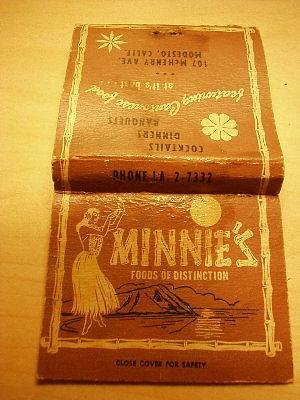
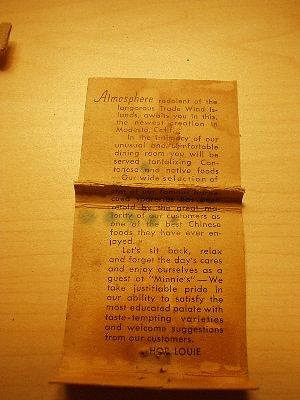
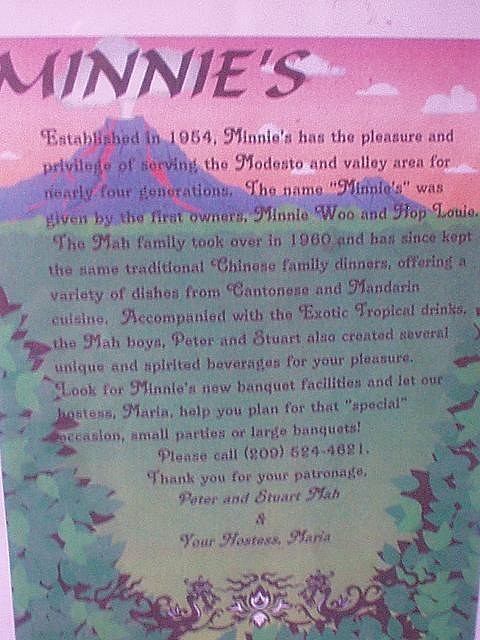
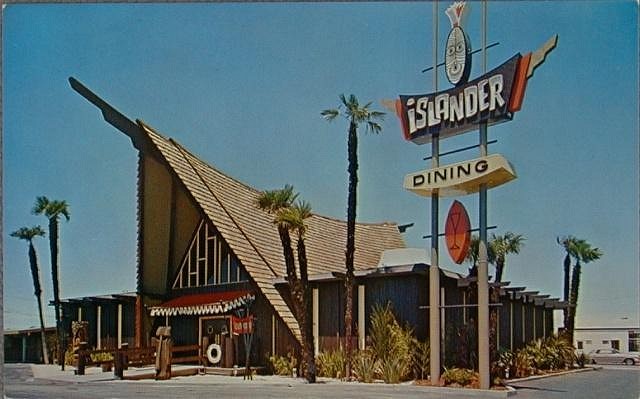
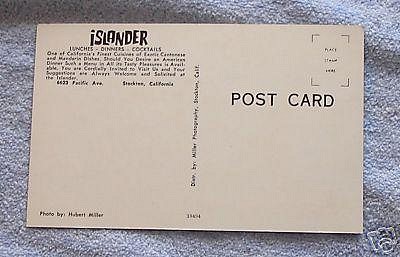
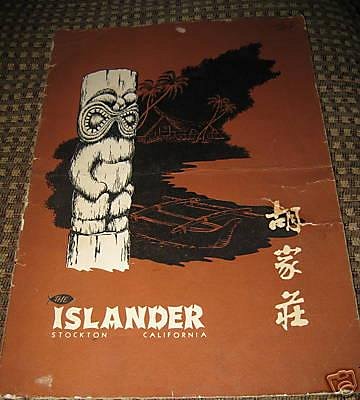
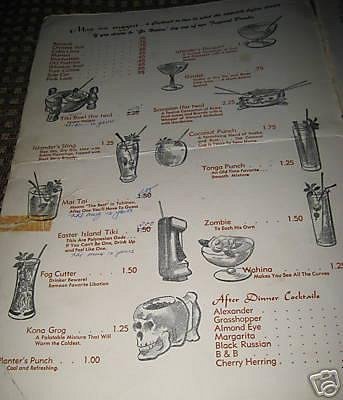
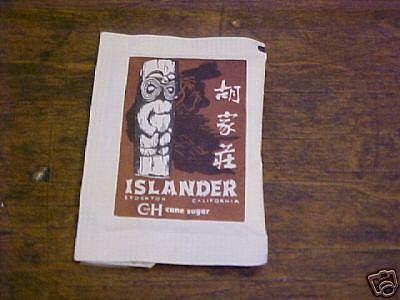
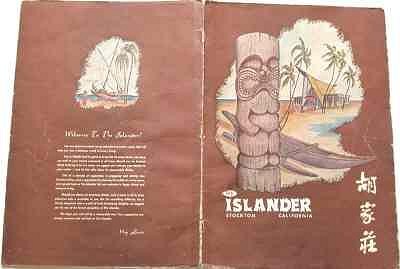
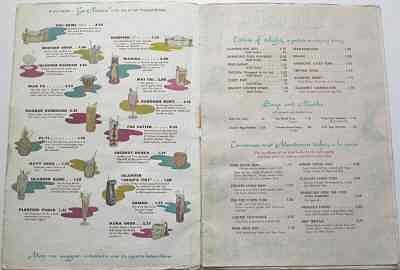
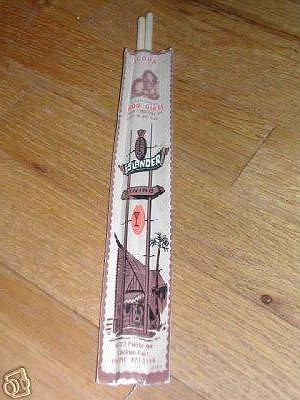
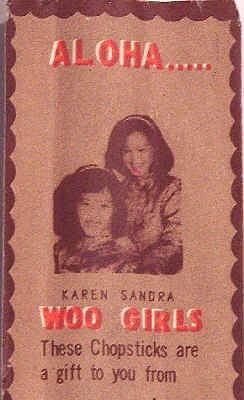

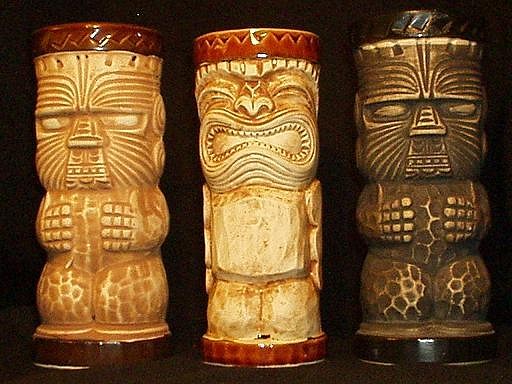
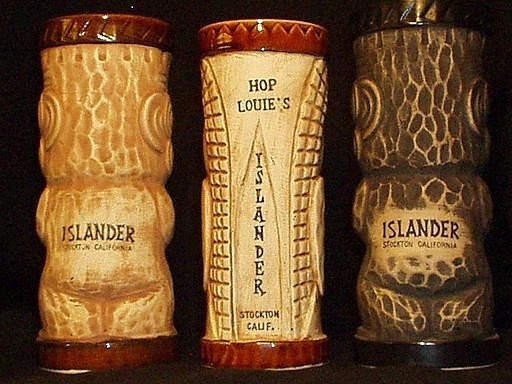
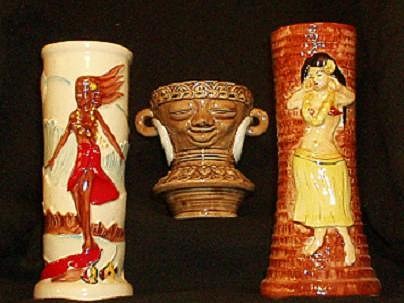

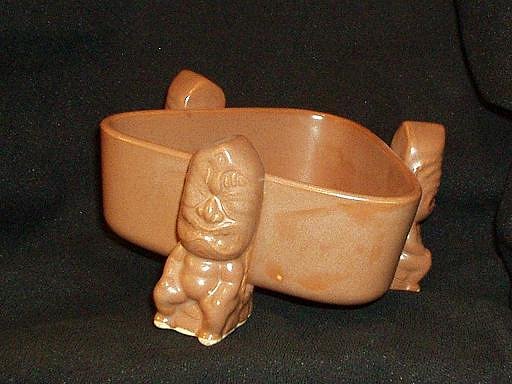
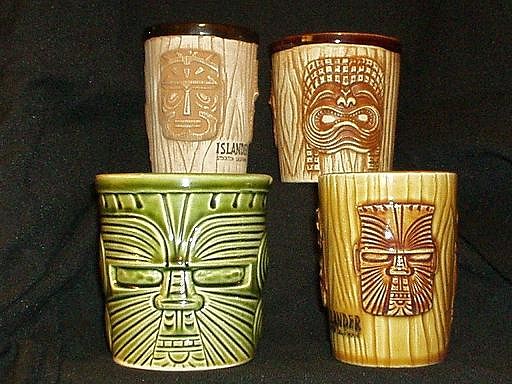
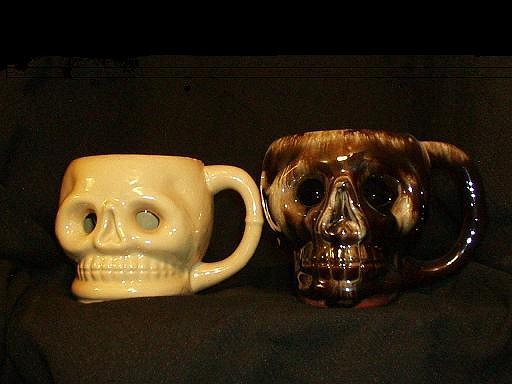
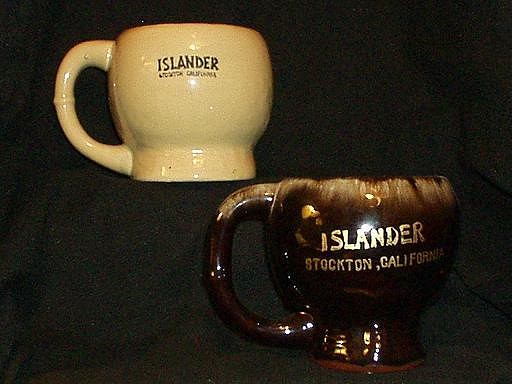
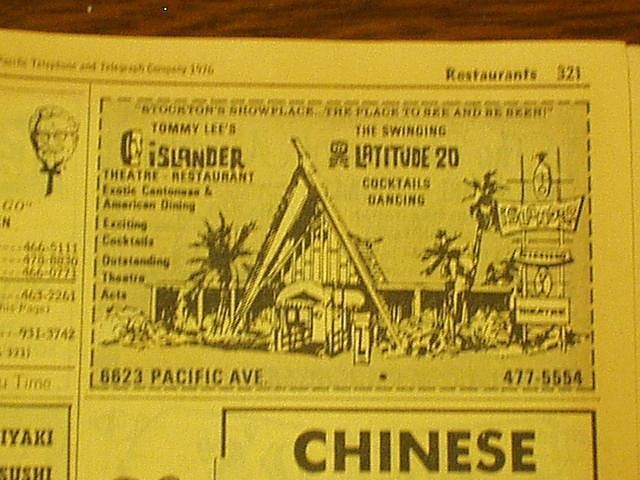
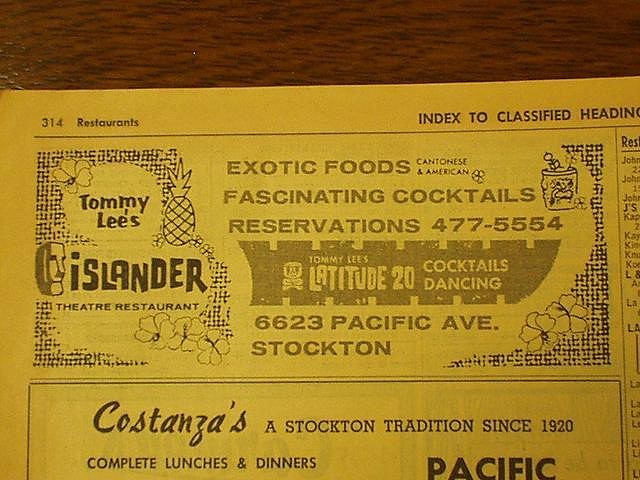
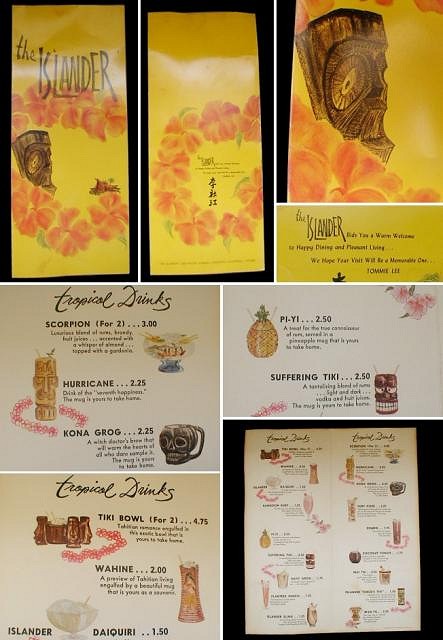
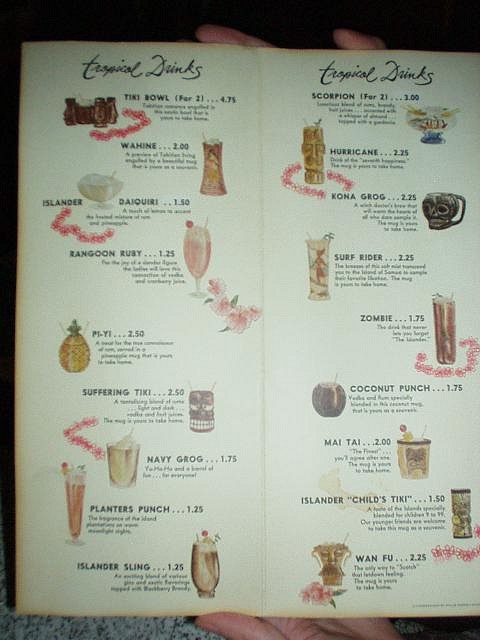
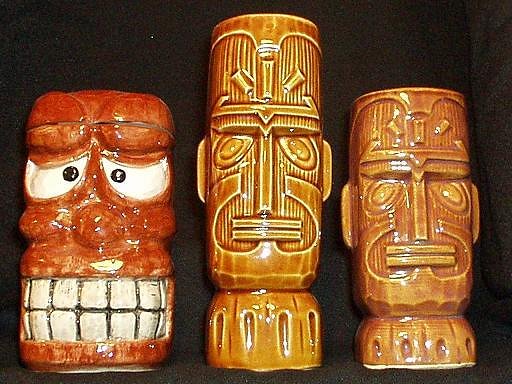
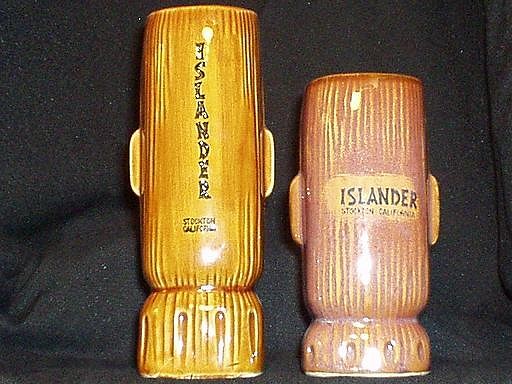
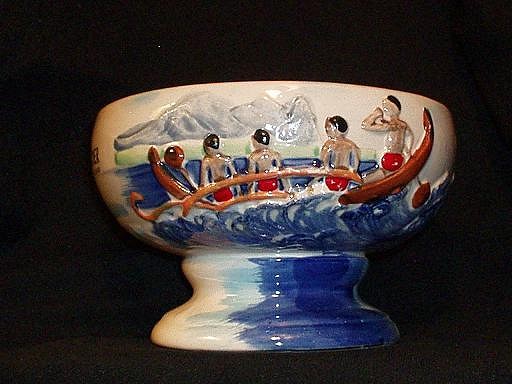
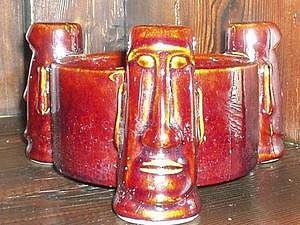
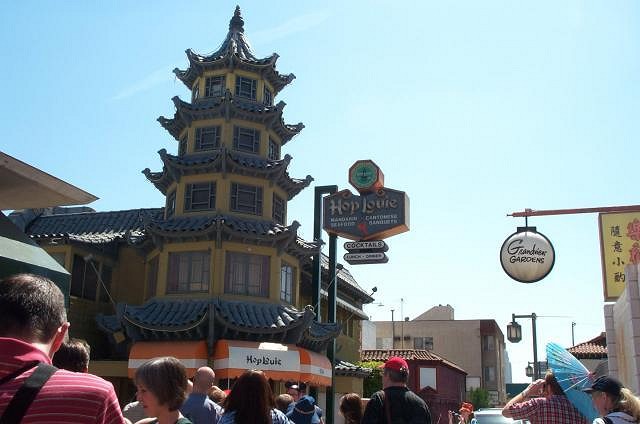
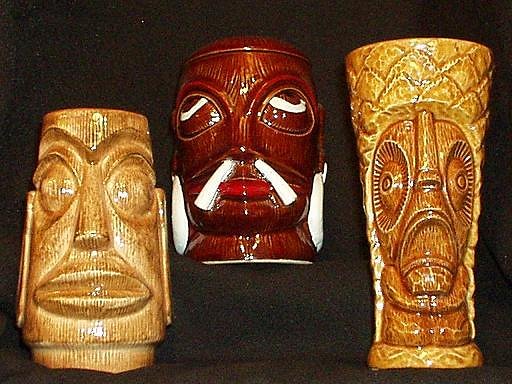
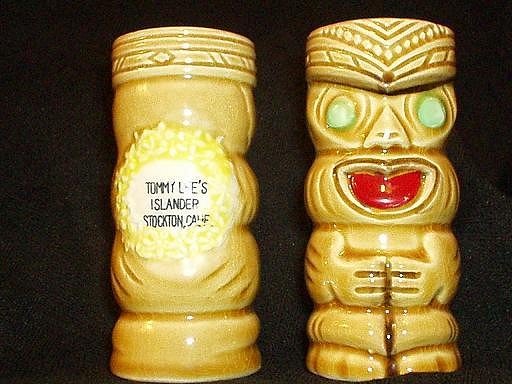
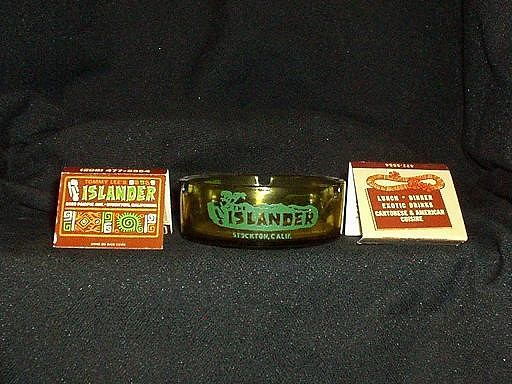
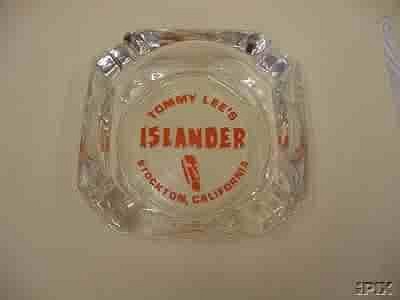
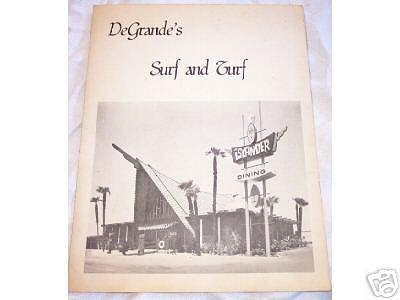
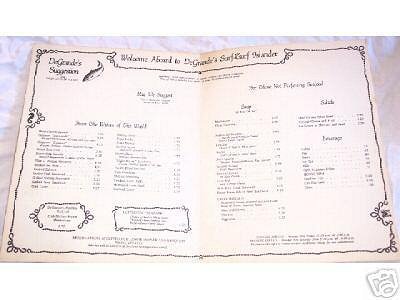
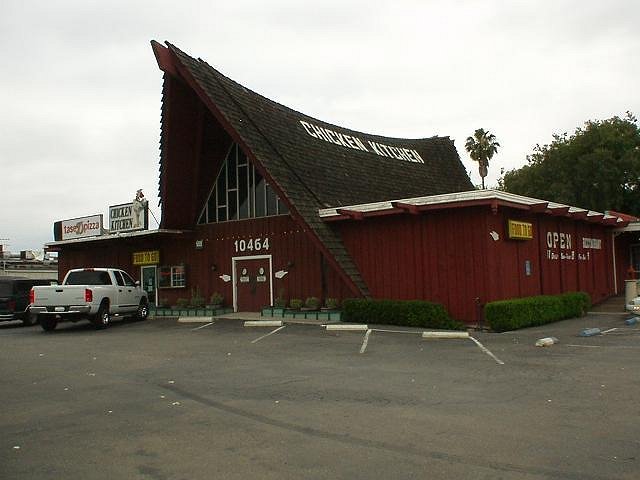
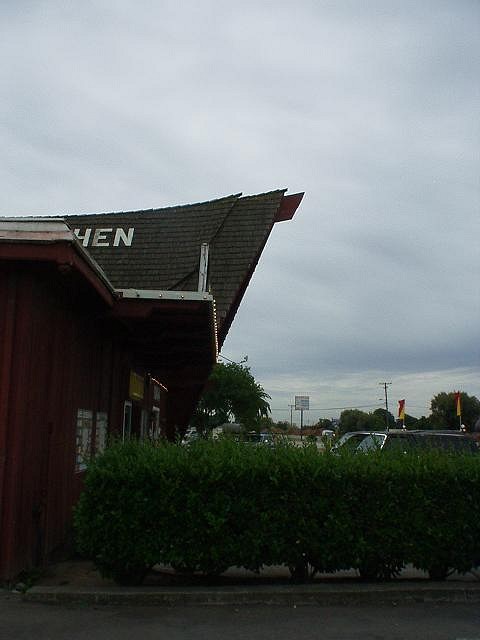
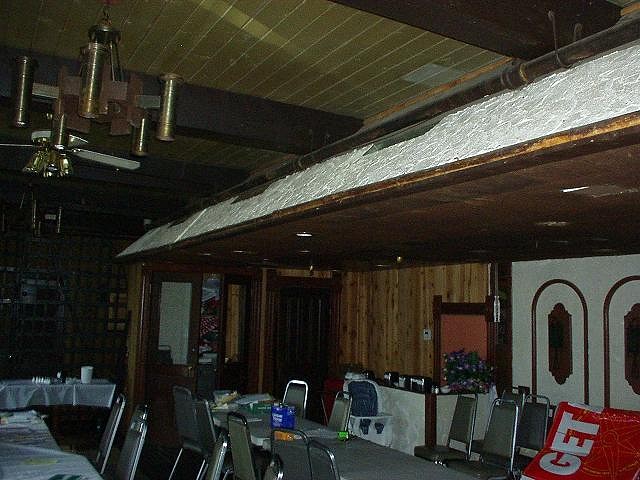 where the bar was, shows overhang with lone piece of bamboo
where the bar was, shows overhang with lone piece of bamboo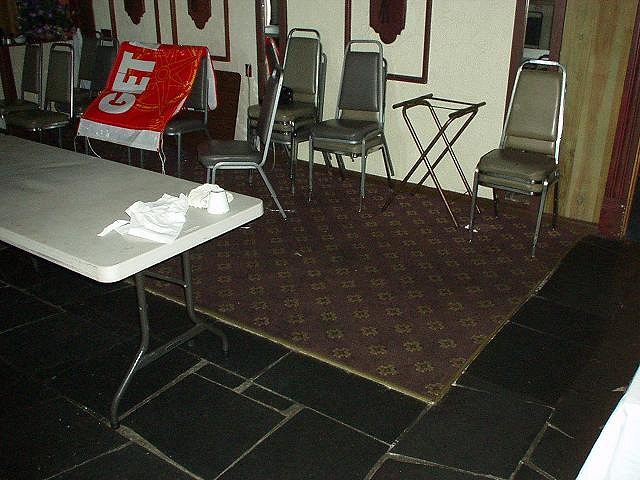 sunken bar, now gone. slate still marks pathway
sunken bar, now gone. slate still marks pathway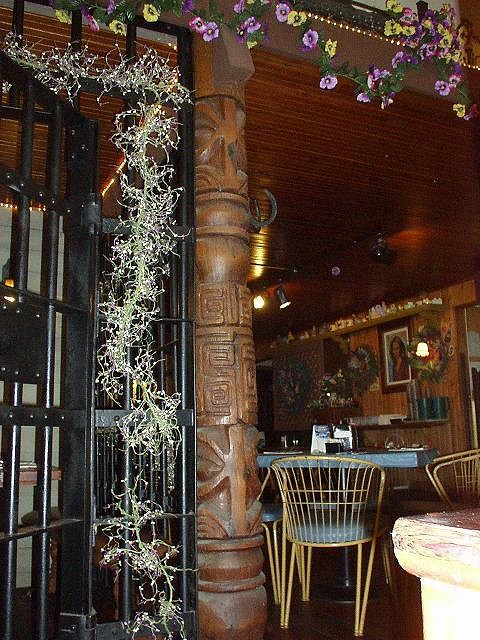 last remaining tiki
last remaining tiki